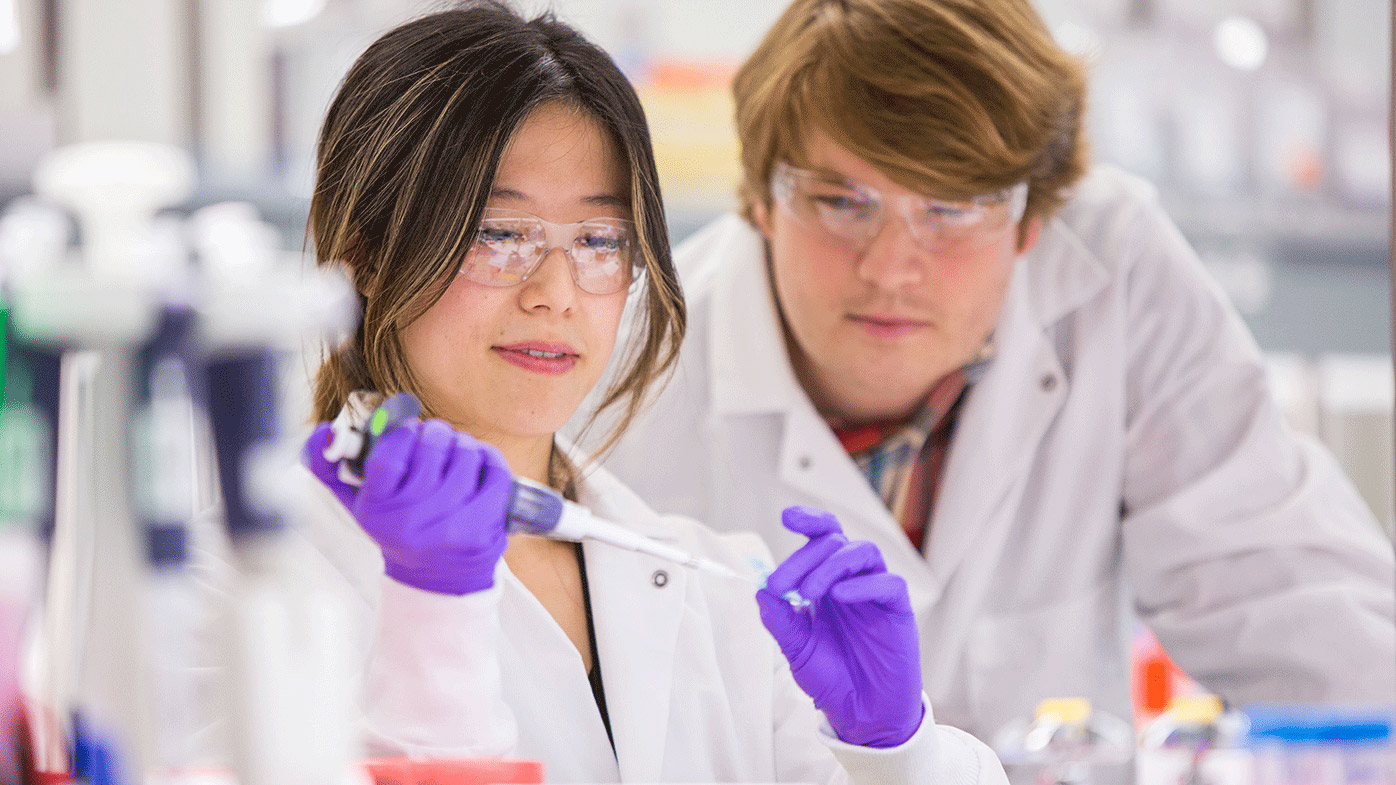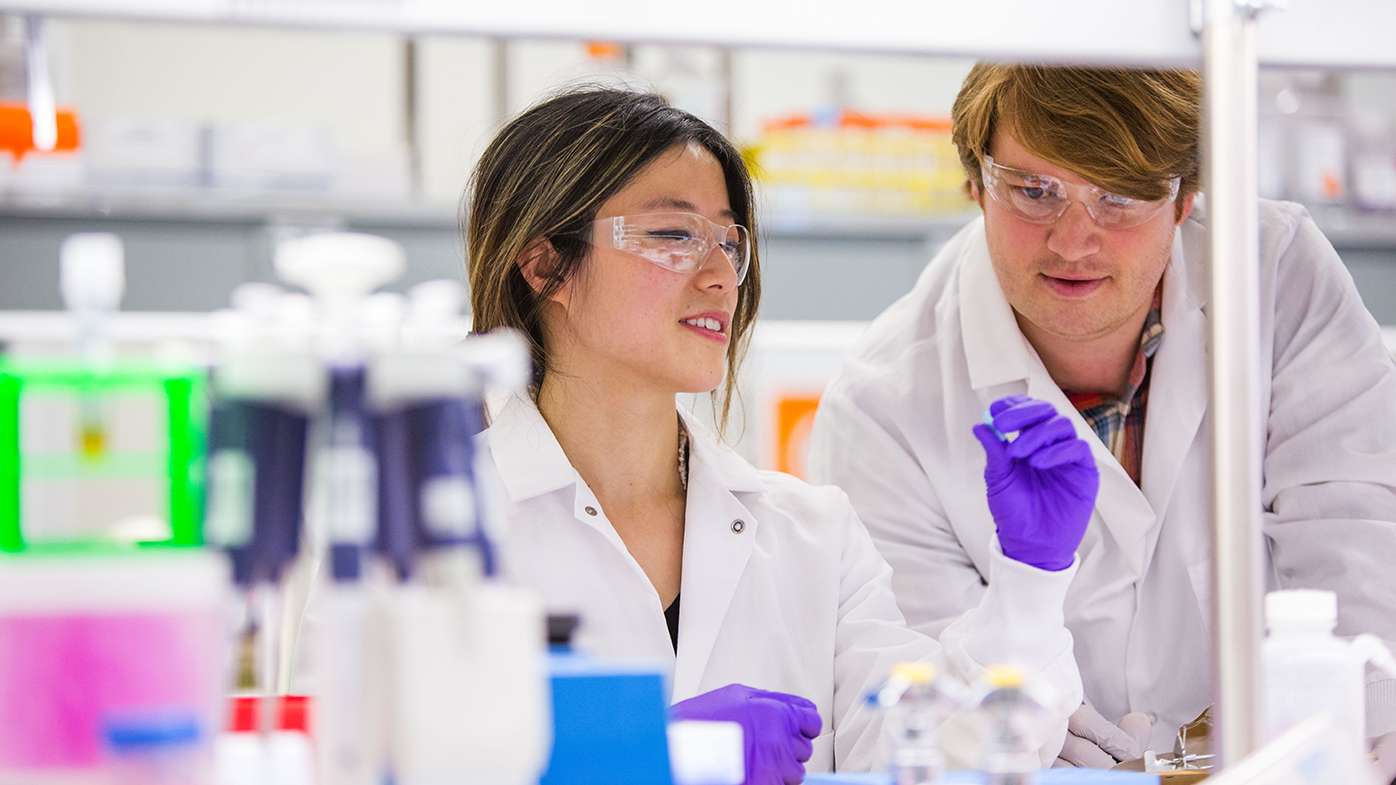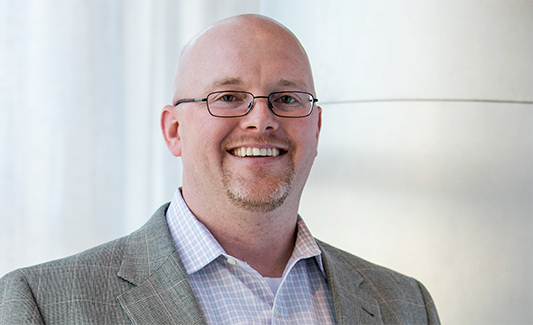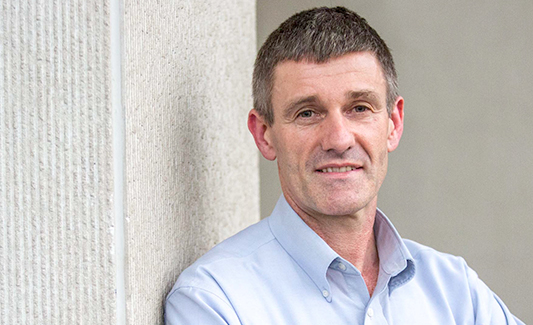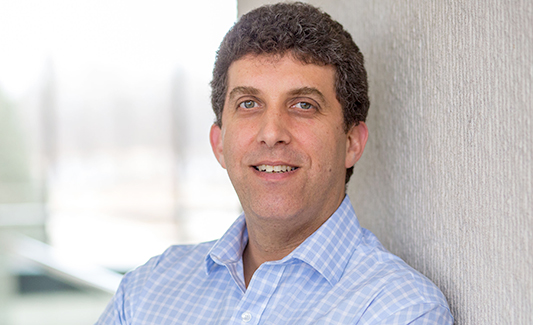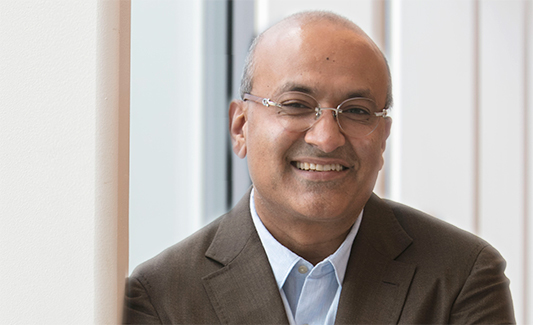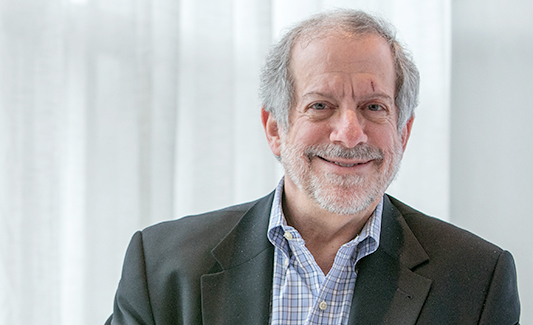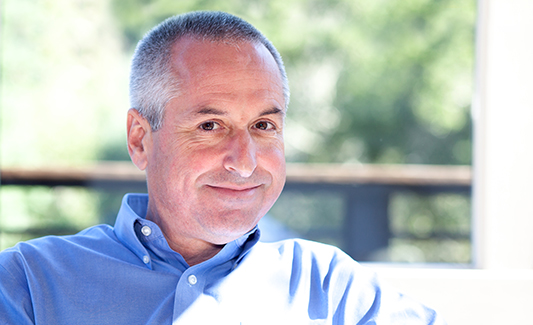
Nils Lonberg
From biologic discovery to translational science, Bristol Myers Squibb’s I-O experts are engaged in a relentless pursuit to discover, develop, and design the next generation of immunotherapies.
Hunting Promising Targets
The hunt starts by learning as much as possible about the biology of cancer and the human immune system. Nils Lonberg, senior vice president of Oncology Biology Discovery, says three biological mechanisms affect cancer’s ability to evade detection and grow out of control:
- Cancer cells have mutations that may or may not be expressed. Cancer cells are fickle. They might make neoantigens, proteins on their cell surfaces, that enable immune cells to detect their presence and target them for destruction, or they might not. Not to mention, the total number of mutations varies among cancer types. Childhood leukemias, for example, are driven by a limited set of mutations that can be well controlled with targeted therapies. Most cancers, though, have many mutations that make them hard to target, thus allowing them to grow out of control.
- The balance of the body’s inflammatory response is disrupted. In a healthy inflammatory response, immune cells respond to signals by rushing in to deal with a problem, causing inflammation and swelling—like when you cut your finger and it becomes red and swollen. When the threat is over, other signals tell the inflammatory response to end so that the wound can heal. A healthy body maintains a proper balance in both directions of the inflammatory pathways. Tumors, however, are stuck at a particular point in this cycle where inflammatory attenuation signals have shut down a productive T-cell response before the cancer cells have been cleared.
- Cancer cells are always mutating. Like bacteria, cancer cells are under tremendous molecular pressure, rapidly dividing and mutating all the time. New mutations can equip cancer cells with other ways to escape attack from immune cells, such as blocking infiltration, masking themselves from detection, or developing resistance to earlier therapies by expressing different surface proteins.
As a means of identifying the most promising targets to pursue, scientists look for the specific protein receptors on the surfaces of immune cells that are involved with those biological mechanisms. Bristol Myers Squibb is researching dozens of targets at various stages of investigation.
